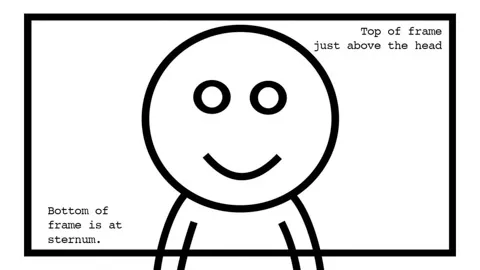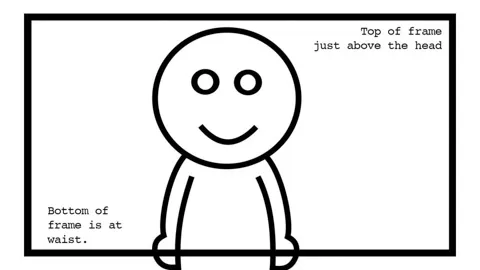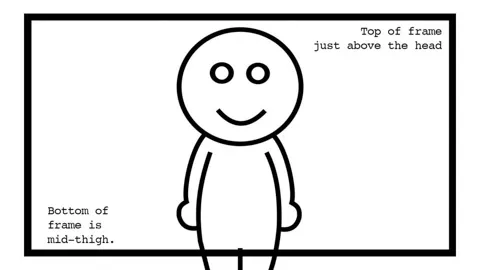Syracuse University is a participant in the Musical Theater Common Prescreen (MTCP). View the MTCP resources page.
General Information and Tips
- Each piece should be filmed/uploaded as a separate piece of media. No continuous videos.
- Students are encouraged to use standard technology/recording devices available to them (i.e. smartphones, tablets, etc.).
- Solid-colored walls are ideal, but any background that does not steal the focus from your performance is desired.
- Take care that your space allows for adequate lighting. Having a lamp or window directly behind you will cast a shadow over your face. Keep the lighting source behind your recording device or to the side of you so that your face is lit.
- When using pre-recorded music, place the music source (the speaker) closer to you than it is to the device on which you are recording. By having the accompaniment near you, your voice and music will reach the microphone on your device in a more balanced manner.
- Before filming, do a trial run to test both your audio and visual presentation. Watch your video back to ensure everything looks and sounds okay.
- Ensure the camera portion of your device is at eye level. You can use a tripod built for a smartphone or tablet. If you do not have a tripod, consider using a stack of books on a desk or box. Filming in “landscape” (horizontally) is recommended.
Introduction (Slate) Video
Record one introduction “slate” video stating your name. If you would like to include your pronouns, state them as well. Please speak loudly (project your voice) and clearly (articulate) directly at the camera. This is an opportunity for the auditors to get a sense of your personality and to learn the pronunciation of your name.
There is no need to slate your individual performance videos and pieces. Instead, clearly label each video with your name and the title of the piece you are performing (see more details below).
Video Labeling Guidelines
Label each video file with the piece you are performing, the show or playwright, and your first and last name.
- Title of Song — Musical/Show — Your First and Last Name
- Title of Play — Playwright — Your First and Last Name
Examples of this format include:
- Slate — James Smith
- Your Daddy’s Son — Ragtime — Minnie Mouse
- Much Ado About Nothing — William Shakespeare — Luke Skywalker
Video Time Guidelines
All song, monologue, dance and wild card videos are recommended to be between 60-90 seconds each.
Song Requirements
- One musical theater song from any time period.
- One song of your choice from any time period and in any style that best suits you (musical theater, pop, hip-hop, folk, rock, rap, soul, country, punk, etc.). This song should contrast the style of the first selection.
Song Tips
Some examples of contrasting songs are fast tempo versus slow tempo, sustained melodic singing versus speech-like singing, dramatic versus comedic, and belt versus head/falsetto mix.
Many accompaniment tracks are available on YouTube and other websites. If you do not have a way to work with a live accompanist or don’t have access to a recorded track of your music, consider using an app that will play the piano part for you. Harmony Helper is one such app that allows you to take photos of your sheet music, upload them to the app and generate a piano track that you can use.
Monologue Requirements
Submit one monologue from a published play or written by a professional writer. A professional writer is someone whose plays have been produced but may not have been professionally published.
If you have listed acting on your application in addition to musical theater, you will be required to submit a second contemporary monologue. It is preferred that that monologue be from a modern play (after the year 2000).
Monologue Tips
It is recommended to choose monologues that are age-appropriate (generally within five to 10 years of your actual age) and feel authentic to your culture, background and lived experience.
Active monologues are often better for auditions. An active monologue takes place in real time, focuses on what you want and puts you in direct communication with an imaginary scene partner. This is often more successful in an audition situation than pieces that are a story or remembrance. Additionally, it can be helpful to avoid monologues that rely on extreme emotions as it can be hard to justify those responses in a short piece.
Dance Requirements
Show us your best version of dancing or moving. Please include at least one turn, one jump and one kick (or other suitable rotation, elevation and extension that works for your body).
Dance Tips
- Make sure you can execute all the choreography well. It is to your advantage to choose steps and movement that highlight your strengths instead of your weaknesses.
- You may use recent videos of you from a show or concert, but it must just be you in the frame.
- The dance sample should be in whatever dance discipline you feel most confident. This may include, but is not limited to, jazz, ballet, tap, modern, hip hop, lyrical, contemporary, and dance styles beyond American and Euro-Western styles.
- Dance media can be “self-choreographed,” but it must be a solo video of you.
- Please use steps, movement and physical vocabulary that you are familiar with and can execute well. Fully move your body to the best of your ability.
- To assist applicants with the dance prescreen, several institutions provided resource videos for applicants who do not have access to a choreographed combo for the prescreen process. You may submit this choreography (or a combination of it) to any of the schools you are applying to that ask for a dance prescreen.
Ballet Option (Optional)
Show us your best version of ballet. Please include a brief series of plié, tendu and grande battement, a pirouette en déhors (to both sides), and one or more grand jeté across the floor.
Wild Card (Optional)
Think about the wild card section as an opportunity to show your personality or share something about you. This media can be anything you want: a special skill, an interesting story about yourself, an instrument you play, etc.
Some ideas that have been successful in the past include:
- Performing an original composition or poem
- Singing a pop song
- Performing your own Saturday Night Live-styled skit where you create a comedic character
- Sharing a hobby or activity that means something to you
- Performing in a language other than English in which you are fluent
- Playing an instrument
- Making a “how-to” video on something you are good at, such as baking, calligraphy or gymnastics
- Showing us a different style of dance you excel in, such as tap, hip hop, lyrical, ballet, etc.
Additional Requirements
Please upload the following:
- A current resume listing all productions in which you have been involved and when and where they were produced.
- A brief statement describing why you are choosing a career in musical theater.
- A photograph of yourself alone (this does not have to be a professional headshot).




